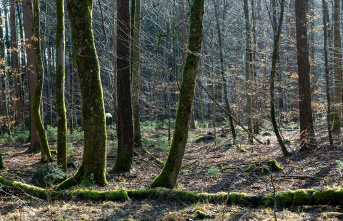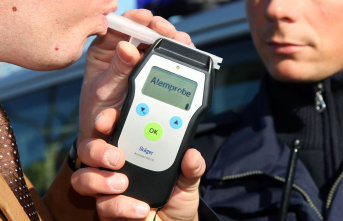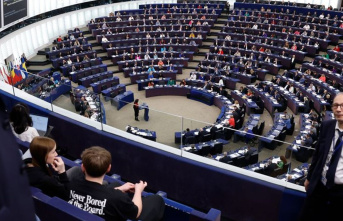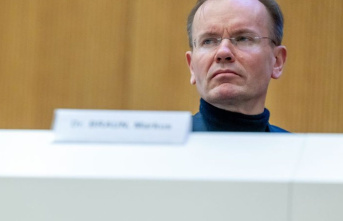Flaring natural gas during oil production releases significantly more greenhouse gas methane into the atmosphere than previously thought. Measurements with airplanes and calculations based on them show that the amount in the USA is about five times as high as thought. This is a good opportunity to quickly reduce greenhouse gas emissions, write American and Dutch researchers in the journal Science. The study comes from a group led by Genevieve Plant from the University of Michigan in Ann Arbor (Michigan, USA).
Natural gas is a by-product of oil production. It consists to a large extent of the particularly climate-damaging methane. At many production sites, the escaping gas is deliberately flared off - a practice known as flaring. Combustion produces carbon dioxide - also a greenhouse gas. However, the greenhouse effect of methane over 100 years is 28 times that of CO2. Therefore, it is actually more environmentally friendly to flare natural gas, which contains methane as its main component, than to release it into the atmosphere unburned.
Information from a 40-year-old study
"Industry and governments generally assume that flares stay lit and destroy the main component of natural gas with 98 percent efficiency," the study authors write. This information is based on a small study by the US Environmental Protection Agency from the 1980s.
However, Plant's researchers questioned the decades-old value of 98 percent efficiency in the combustion of methane. In the summer months of 2020 and 2021, the scientists therefore had measuring aircraft circling over three large oil and gas fields in the USA: Bakken in North Dakota and Eagle Ford and Permian in Texas. More than 80 percent of the natural gas flared in the United States each year comes from these three regions. Flaring is allowed when no distribution line, such as a pipeline, is available.
The measurements from more than 300 exhaust plumes from natural gas flares showed that the methane is burned with an average efficiency of only 95.2 percent. In addition, an average of 4.1 percent of flares do not burn because they went out or were never properly lit. There, methane escapes unburned into the air. As a result, the overall efficiency with which flares destroy the methane in natural gas is only 91.1 percent.
look at the magnitude
In a comment, also in Science, Riley Duren of the University of Arizona at Tucson, Arizona, USA, and Deborah Gordon of Brown University, Providence, Rhode Island, USA, draw attention to the magnitude of the flaring: "In the year An estimated 144 billion cubic meters of gas were released through flaring in 2021 - enough to meet two-thirds of the European Union's electricity needs." Most recently, Russia flared off large amounts of natural gas that it could not sell to European countries. The efficiency of American flares is also relevant for Germany, as more and more American natural gas has recently been imported as liquid gas.
"The methodology of the study is solid; it is very good that we are getting clear measurement data from the USA," said Lena Höglund Isaksson from the International Institute for Applied Systems Analysis (IIASA) in Laxenburg (Austria). Martin Heimann from the Max Planck Institute for Biogeochemistry in Jena emphasizes that the data cannot necessarily be transferred to global flaring practice. However, he reckons that flaring efficiency is no higher globally than in the US. "The International Energy Agency (IEA) has already reduced the efficiency of methane combustion in flaring to 92 percent when calculating its emissions inventories, independently of this new empirical study," quotes the SMC Heimann.
To prevent or reduce the release of climate-damaging gases during flaring, the best strategy would be to stop using oil and gas, says Höglund Isaksson. "But the next best thing, relevant for the next few years, would be to maximize associated gas recovery. Norway recovers about 99 percent, so it's possible. This avoids both flaring and the release of methane from unlit gas flares." It also needs close control of unexpected gas flare shutdowns."
Abstract (after the embargo period has expired) Abstract Comment (after the embargo period has expired)












